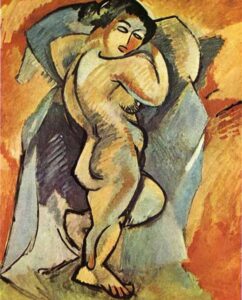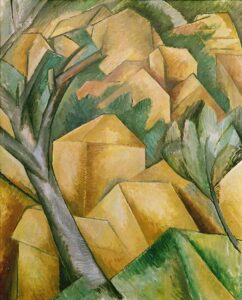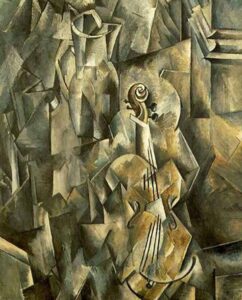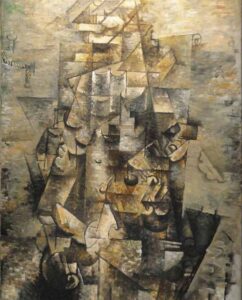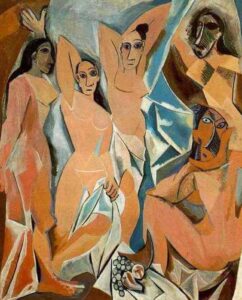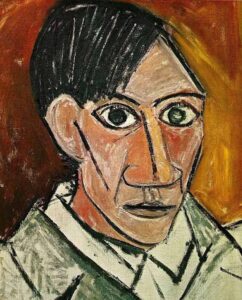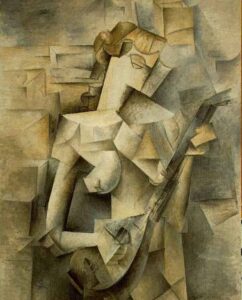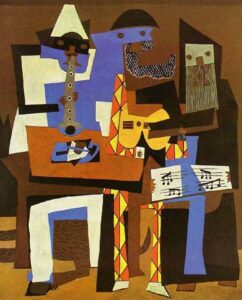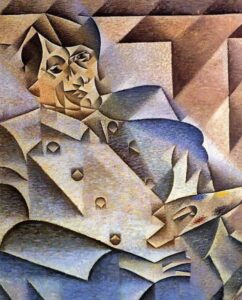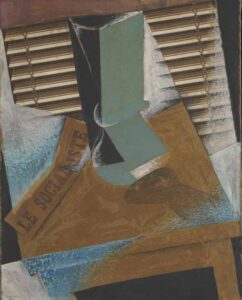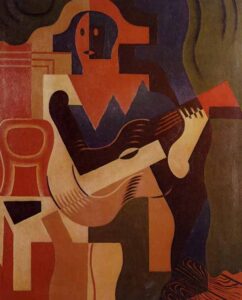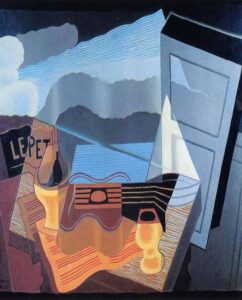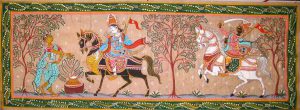Cubism was founded in the early 1900s in Paris by Pablo Picasso and Georges Braque, two influential young artists eager to defy traditions. Their fascination in analysing a subject’s mathematical components and depicting those elements on canvas propelled art into a daring new direction. While art critics initially mocked Cubism, it quickly established itself as a valid genre of 21st century painting and a vital factor in the evolution of art.
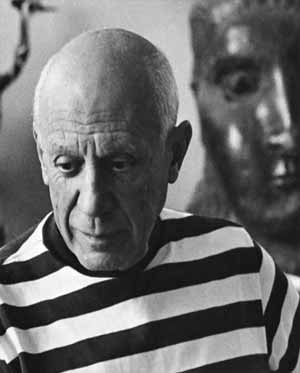
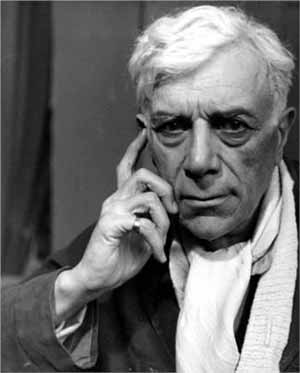
Style features
In describing what Braque had done in a landscape painting in 1908, French art critic Louis Vauxcelles referred to its “geometric anomalies” as “cubes.” House at L’Estaque featured features of Cezanne’s own paintings of the area (such as easily visible green trees and brilliant orange homes), but it was notable for the way Braque had deconstructed a landscape into a cacophony of overlapping shapes. During this period, Pablo Picasso’s works displayed the same geometric analysis of their topics. In essence, the style frequently depicted a fragmented and reconstructed object is an abstraction.
Cubism became a word for paintings that allowed for numerous perspectives. Cubist works allowed viewers to experience multiple perspectives at the same time, as well as contemplate the shapes inherent in the environment around them. Landscapes, nude models, and still life were painted in a fragmented manner throughout the Cubist movement, retaining just enough of their realistic elements to remain recognisable. Artists employed neutral colours like brown and grey to draw attention to a work’s geometric arrangement. Instead of attempting to transcend the two dimensions of a canvas, Cubism embraced and emphasised its flatness by breaking up objects and realigning them in novel ways.
Timeline of Cubism
- 1907: The African artwork on display at Paris' Palais du Trocadero strikes Pablo Picasso as being impressive. Picasso and Georges Braque start painting together in the Monntmatre Studios after meeting in the arts. Les Demoiselles d' Avignon by Pablo Picasso's naked nudes are notable for their unconventional use of perspective.
- 1908: Because of its peculiarly geometric representation of a landscape, George Braque's painting House at L'Estaque has art critics talking.
- 1910: High or Analytic Cubism begins, and the subjects of Cubist paintings become drastically deconstructed and difficult to recognise.
- 1911: In Paris, the first cubist exhibition debuts, featuring works by Fernand Leger, Robert Delaunay, Henri Le Fauconnier, Jean Metzinger, and Albert Glees.
- 1914: The stream of the movement is interrupted. Late Cubism, as it is frequently called to, begins.
Famous Paintings in Cubism
Lasting works by George Braque, Large Nude (1908), House at L’ Estate (1908), Violin & Pitcher (1910) and Man with a Guitar (1911)
Picasso also left behind a number of well-known works, such as Self Portrait, Women with Mandolin, and three musicians who exhibit his cubist style at various stages.
Juan Gris’ paintings are not as well-known as Picasso’s, but they do illustrate his evolution as an artist. Portrait of Pablo Picasso (1912), The sunblind (1914), Harlequin with Guitar (1919), and View Across the Bay (1921) are some examples.
